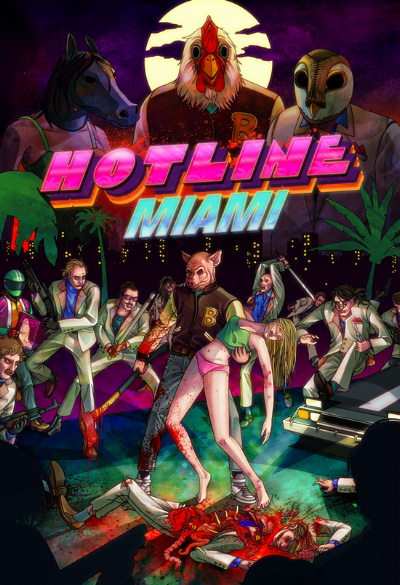The album cover for Outrun draws multiple themes/inspiration from a particular kind of lifestyle, such living in Miami in the 1980s. The cover was designed by French electro house artist SebastiaAn.
The main elements of the cover include: the central protagonist, the sports car and the lightening bolt giving us an indication to the narrative/theme. The emphasis placed on the red K in the main title attracts the eye, inviting the viewing in. The sense of danger and excitement is visually portrayed from the car’s head lights, the night’s sky – referencing back to the American teenager.
Listening to the official soundtrack, synthesizers are heavily utilized throughout the album, these were used throughout the 70s and 80s - a definite nod to the time period set in Outrun. During the rebellious 1950s, American teenagers wanted to get away from their over-bearing parents, and wanted to have fun. Teens would often be out to the cinemas with the boyfriends or girlfriends, pulling up in fancy new cars. Instances of this can be seen in movies and television characters with established archetypes, such as the confident Jock in his jersey jacket.
The genres of film include the acting work of James Dean who promoted American youth culture during the 1950s. His most important film was Rebel Without a Cause (directed by Nicholas Ray), where he played a brooding red-jacketed teenager, named Jim Stark. His untimely death from a car crash, transfixed him into a cult figure of timeless fascination.
The term American Dream originally came from a historian in 1931 named James Truslow Adams, referring to That dream of a land in which life should be better and richer and fuller for every man, with opportunity for each according to his ability of achievement. The colonists of America represented the American Frontier, Thomas Jefferson claimed that everyone in America was “entitled to a life, liberty and pursuit of happiness”. It has since then evolved in the minds of all Americans as an ideal to aspire towards, this 'dream' that they could make their hopes/ambitions a reality.
The Cover-art for 'Outrun' video game published by Sega in 1986. The developer behind the game was Yu Suzuki and Sega AM2. It was a commercial success when it was released, selling over 20,000 arcade cabinets with the game installed in it. The red sports car makes debut, and is actually a Ferrari Testarossa Spider, which is strikingly similar to the car on Kavinsky's 'Outrun'.
Hotline Miami is a game which was influenced by music score of Outrun. The game's narrative is incredibly visceral, with a teenager donning an animal mask. The lead character is named Jacket and is lead astray into the underworld of the Russian mafia. The fast paced nature of the game allows the soundtrack to really shine, achieving great harmony. The teenage hero is also your typical archetype character, trying to save his girlfriend from certain doom. The pink-neon typeface in the poster is also synonymous with Miami, referring back to the nightlife of the city, and when the drug wars were rife.
Nicolas Winding Refn's Drive. In this poster there is a feeling of tension, and immanent action. Gosling has his eyes transfixed on something, purely focused on the job at hand. The typography from Drive and Kavinsky's Outrun do share some similarities regarding the design. The poster evokes a type of broodiness, within the central character – something just isn't right.



